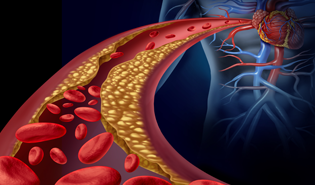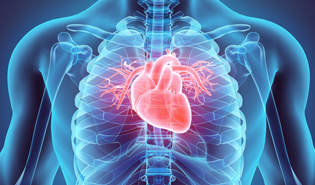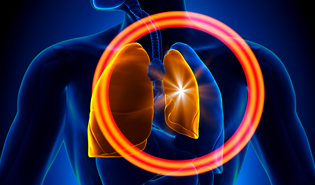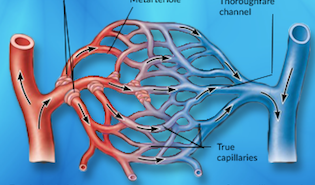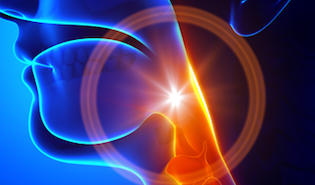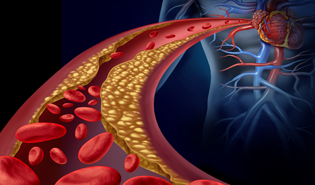

MHRF is involved in all facets of research and development related to protecting our nation’s warriors. Additionally, we manage projects for research grants to study the effects of various threats to soldiers in a particular area. Novel developments and ground-breaking discoveries occur each and every day. MHRF works very diligently to stay abreast of such dynamic advances and has spent the last decade forming strategic relationships with investigators across multiple communities who are studying health-related concerns. This has allowed for the development of a broad portfolio of interests, yet the desire is to continue to expand this portfolio. Below are some of our current research initiatives.



